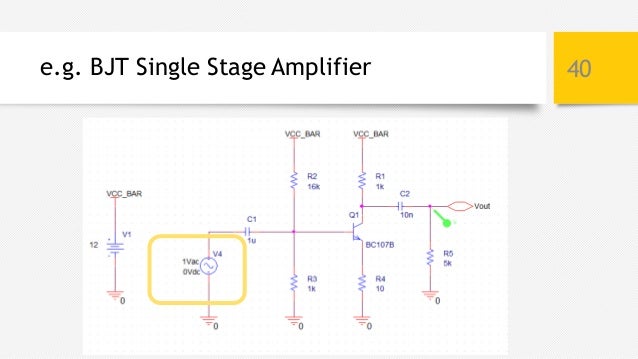
To change the pin numbers, left click the part to select it, right click and select Edit Part from the pop-up menu. Voltage and signal sources usually have pin numbers starting with 0, so the ones in this example must be changed or deleted. So, along with making sure the voltage and signal sources are marked as PSpiceOnly = TRUE, you must also check their pin numbers and change any zeros to numbers greater than or equal to 1. The netlist.log file is located in the same file folder as your board file (the allegro folder by default).

When fatal errors occur, you can open the netlist.log file to identify the errors that caused the netlist failure. If this occurs the netlist will fail and you will not be able to place any parts in PCB Editor. One error that it checks for is pin numbering, and pin numbers less than 1 will be flagged as an error. A partial spreadsheet is shown in Figure 9-128.Īlthough the voltage and signal sources are marked as PSpiceOnly = TRUE and PCB Editor will not attempt to make them available for placement, they are still a part of the netlist and the netlister will review them for netlist errors. To check these features double click a part to display the Part Properties spreadsheet.

So that no footprints are added for the PSpice parts, make sure all PSpice parts are PSpiceOnly = TRUE and that the PCB Footprint cell is blank. After the circuit has been satisfactorily simulated, the 0/GND symbol must be deleted so that the different ground nets remain separate. It is connected to both the analog and the digital grounds only during the simulation. The 0/GND symbol is included with the other GND symbols in the CAPSYM library. The PSpice simulation page.Īll PSpice simulations require a 0/GND symbol to which all sources can be referenced. There is an encryption facility in the Model Editor that allows one to encrypt PSpice models or libraries such that the models can be used for simulation but the model definitions cannot be viewed.įigure 9-128. The Model Editor is useful for displaying the characteristic curves for models, especially if the PSpice model has been downloaded from a vendor's website. The Model Import Wizard, File > Import Wizard, allows one to view and select, or replace Capture parts (symbols) for the models in a library one at a time. The Model Editor has the facility to make a copy of an existing PSpice model from an existing library.

The Model Editor is used to view text model definitions and to display graphical model characteristics and model parameters. These are the implementation: name of the model implementation path: left blank as model is searched for in the configured libraries in the simulation profile implementation type: PSpice Model and PSpice template: provides the Capture part interface to the model or subcircuit. For PSpice simulation, a Capture part needs to have four specific properties attached. The copied library is written to the project file and can be seen as one of the configured PSpice libraries in the Project Manager. This is so that the original PSpice model does not get modified. When users edit a PSpice part from Capture, a copy of the PSpice model is created in a library file, which will have the same name as the project. PSpice models can be created and edited in the PSpice Model Editor. Dennis Fitzpatrick, in Analog Design and Simulation Using OrCAD Capture and PSpice (Second Edition), 2018 Abstract


 0 kommentar(er)
0 kommentar(er)
